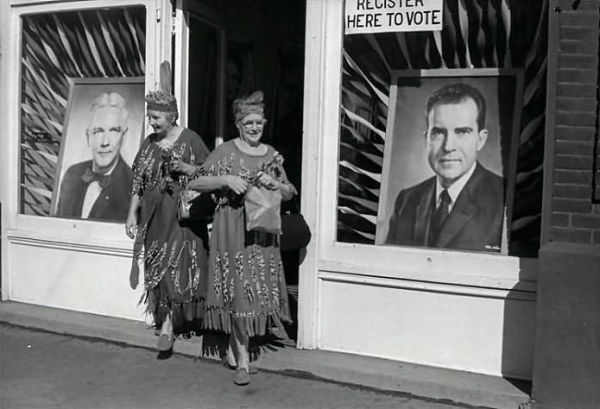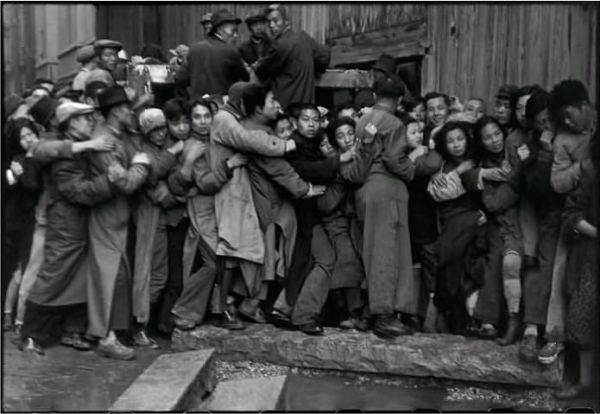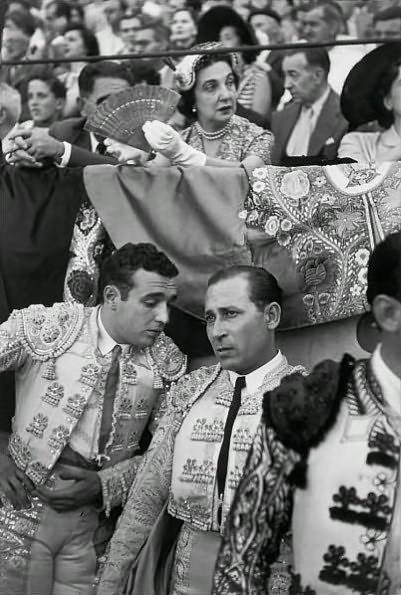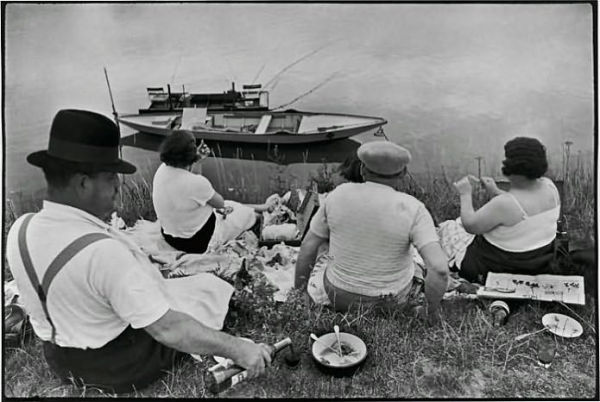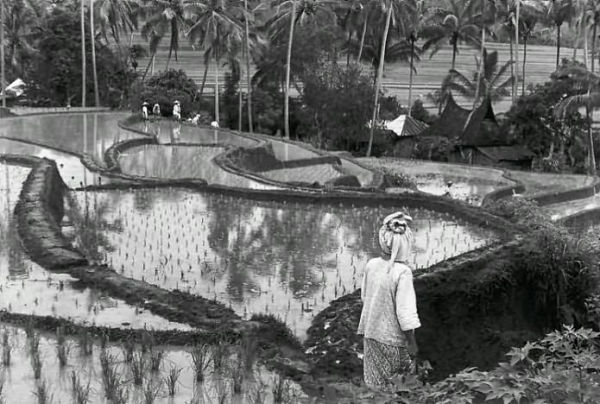Henri Cartier-Bresson (1908–2004) is one of the most influential and beloved figures in the history of photography. His inventive work of the early 1930s helped define the creative potential of modern photography. Following World War II, he helped found the Magnum photo agency, which enabled photojournalists to reach a broad audience through magazines such as Life while retaining control over their work. Cartier-Bresson would go on to produce major bodies of photographic reportage, capturing such events as China during the revolution, the Soviet Union after Stalin's death, the United States in the postwar boom and Europe as its older cultures confronted modern realities. Published to accompany an exhibition at The Museum of Modern Art, this is the first major publication to make full use of the extensive holdings of the Fondation Cartier-Bresson—including thousands of prints and a vast resource of documents relating to the photographer's life and work. The heart of the book surveys Cartier-Bresson's career through 300 photographs divided into 12 chapters. While many of his most famous pictures are included, a great number of images will be unfamiliar even to specialists. A wide-ranging essay by Peter Galassi, Chief Curator of Photography at the Museum, offers an entirely new understanding of Cartier-Bresson's extraordinary career and its overlapping contexts of journalism and art. The extensive supporting material—featuring detailed chronologies of the photographer's professional travels and of spreads of his picture stories as they appeared in magazines—will revolutionize the study of Cartier-Bresson's work.
Henri Cartier-Bresson (1908–2004) is one of the most influential and beloved figures in the history of photography. His inventive work of the early 1930s helped define the creative potential of modern photography. Following World War II, he helped found the Magnum photo agency, which enabled photojournalists to reach a broad audience through magazines such as Life while retaining control over their work. Cartier-Bresson would go on to produce major bodies of photographic reportage, capturing such events as China during the revolution, the Soviet Union after Stalin's death, the United States in the postwar boom and Europe as its older cultures confronted modern realities. Published to accompany an exhibition at The Museum of Modern Art, this is the first major publication to make full use of the extensive holdings of the Fondation Cartier-Bresson—including thousands of prints and a vast resource of documents relating to the photographer's life and work. The heart of the book surveys Cartier-Bresson's career through 300 photographs divided into 12 chapters. While many of his most famous pictures are included, a great number of images will be unfamiliar even to specialists. A wide-ranging essay by Peter Galassi, Chief Curator of Photography at the Museum, offers an entirely new understanding of Cartier-Bresson's extraordinary career and its overlapping contexts of journalism and art. The extensive supporting material—featuring detailed chronologies of the photographer's professional travels and of spreads of his picture stories as they appeared in magazines—will revolutionize the study of Cartier-Bresson's work.

Henri Cartier-Bresson: The Modern Century
376
Henri Cartier-Bresson: The Modern Century
376Hardcover
Related collections and offers

Product Details
| ISBN-13: | 9780870707780 |
|---|---|
| Publisher: | The Museum of Modern Art |
| Publication date: | 04/30/2010 |
| Pages: | 376 |
| Sales rank: | 186,994 |
| Product dimensions: | 12.34(w) x 9.90(h) x 1.57(d) |
Customer Reviews
Explore More Items
‘Looking back at my work, I see that fashion has always been there,’
Annie Leibovitz, our most celebrated living photographer, explains how her pictures are made
Leibovitz addresses young photographers and readers interested in what photographers do, but any reader
With the author's recent passing, the classic novel about young Holden Caulfield's disillusionment with the adult world and its "phoniness" will only rise in popularity--and controversy, since it is
This
Containing pocket-size
Afghanistan has long been a country overwhelmed by tribal rivalries, colonial wars, and geo-political conflict. The Afghans have called their mountains “the land of rebellion,” a land










